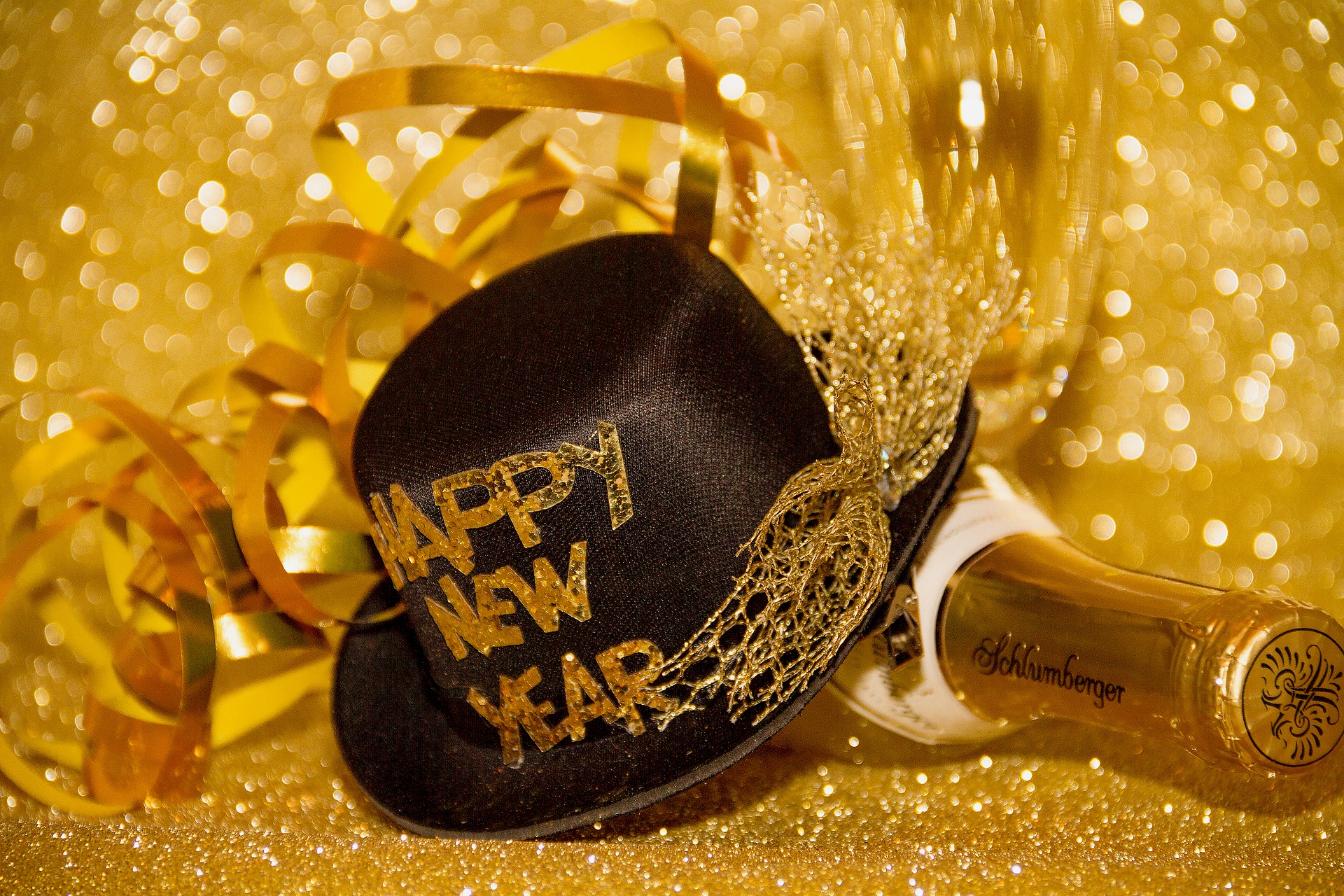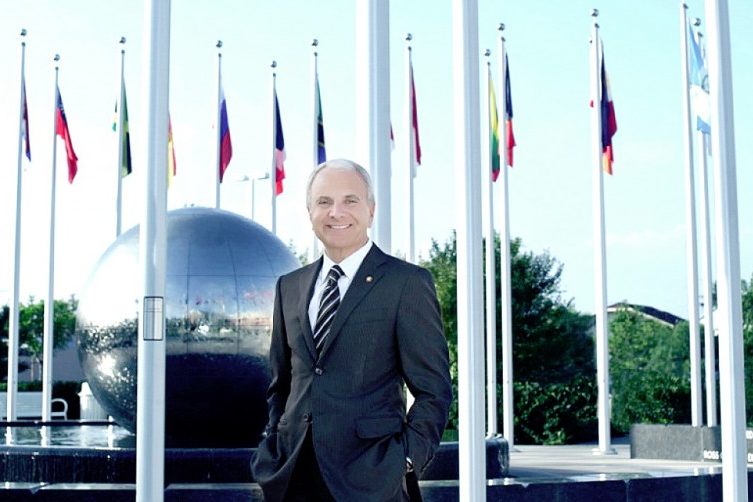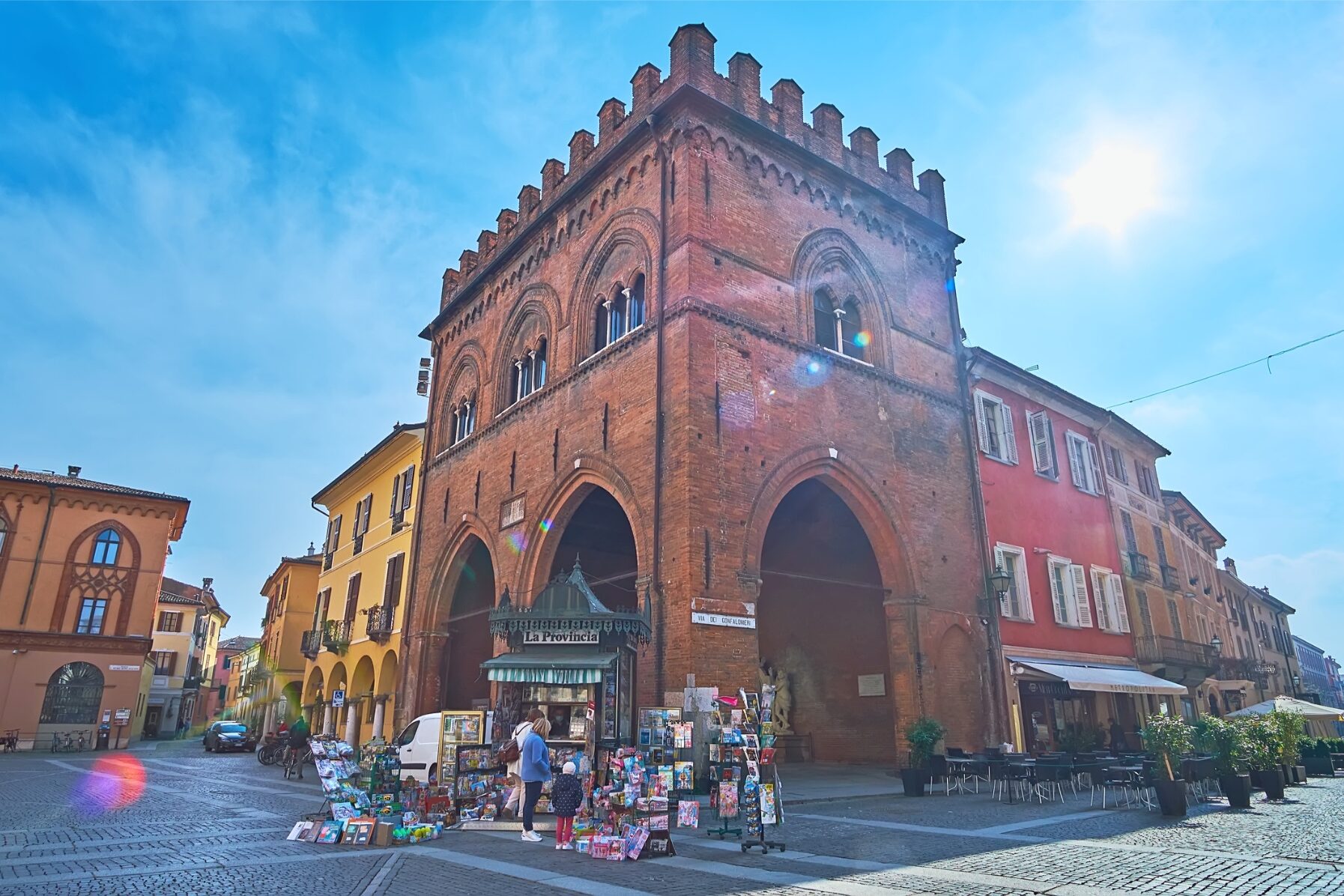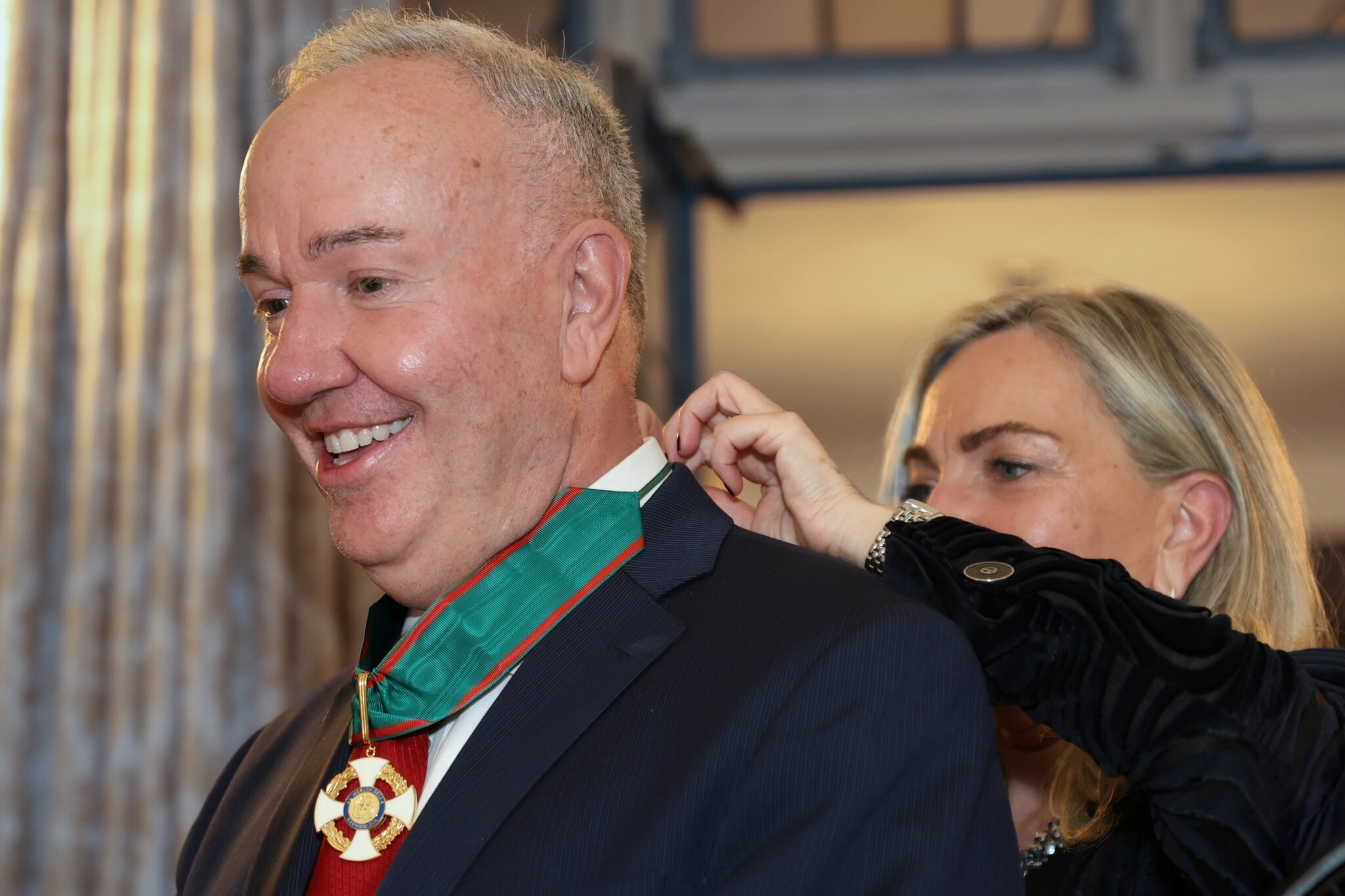Spending the holidays with your group of Italian friends, you should be aware of the fact that they’ve most likely started planning New Year’s Eve celebrations at least a month in advance.
In fact, Capodanno – the Italian word for New Year’s Eve – is seen as the culmination of the festivities and a very special moment to share with the dearest friends. While Christmas Eve, Christmas Day, and sometimes even the 26th – the feast of St. Stephen – are a family business, on Capodanno everybody’s free to choose his/her preferred company, location, and tone of the party.
From outdoor concerts to private events featuring the traditional cenone – a multi-course dinner that can be enjoyed either at home or in restaurants -, Italy offers different alternatives to meet all tastes.
Furthermore, many regions have their peculiar traditions to bid farewell to the old year and welcome the new one. In Emilia Romagna, for example, it’s quite common to represent this transition as a midnight pyre, burning a huge puppet that resembles an old person. The city of Bologna names it “Rogo del Vecchione”, taking place every December 31 in Piazza Maggiore along with a Christmas market and other initiatives.
This ancient custom is deemed to date back to pre-Christian times, and in other towns or regions it can also be associated with the feast of the Epiphany marking the end of the holiday season.
The Cenone” – a multi-course dinner – can be enjoyed either at home or in restaurants
Typical Capodanno outdoor entertainment also includes street live music performances or comedy shows. Extremely popular is the free event in Piazza del Popolo, in the historic center of Rome, which attracts thousands of locals and tourists regardless of the winter cold. They usually crowd all along Via del Corso, one of the city’s best shopping streets that runs between Piazza del Popolo and Piazza Venezia, whose traditional lighting decorations were inspired this year by Expo Milan 2015.
A concert is also held at the opera house Teatro La Fenice in Venice, where the New Year is traditionally greeted with the world famous chorus Va’, Pensiero from Giuseppe Verdi’s Nabucco.
Among the most popular Capodanno practices shared at a national level are wearing red undergarments to bring love and fertility; drinking a toast of sparkling wine and lighting firecrackers at the stroke of midnight; and eating cotechino – savory pork sausage symbolizing abundance and fortune – with lentils, which since the Roman times have been representing wealth and prosperity due to their coin-like shape.
Ancient civilizations probably used to celebrate the New Year back in 2000 B.C., while the modern version of the festivity was introduced by the Roman Empire with the Gregorian calendar since 45 B.C. and dedicated to Janus, the god of new beginnings.
According to a popular Italian saying, what happens at Capodanno, either bad or good, will continue to happen throughout the New Year. So let’s enjoy this unique night together, leaving behind any unpleasant memories of the bygone year and making wishes for a bright 2015.





























